Remembrance Politics
The ambivalence of coming to terms with history
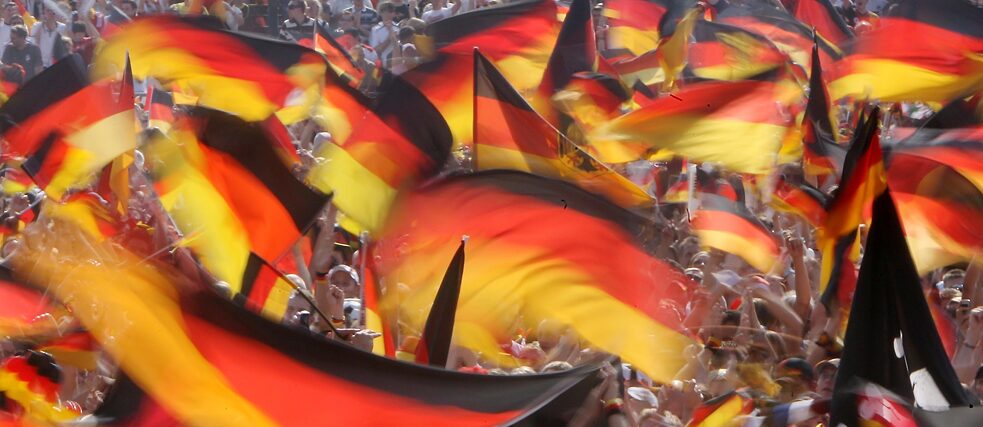
Germany and the Germans brought unprecedented suffering to the world during the Nazi era. The way Germany dealt with its past is considered an example of a successful historical reappraisal. But does that really correspond to reality? How did the two German societies deal with National Socialism and the Holocaust after 1945?
By Anna Delius
In many countries around the world, Germany is seen as a role model in the way it dealt with its own violent and dictatorial past. Translators in a wide variety of languages struggle to translate the German word “Vergangenheitsbewältigung” (dealing with the past) into their respective mother tongues – and often enough they decide to leave it as a German loanword in italics. It has, however, often been pointed out that a past like that cannot ever be dealt with. But what role did National Socialism, the Holocaust and the Second World War play in East and West Germany? And above all – was their handling of historical responsibility really so exemplary?
West Germany / FRG – The perpetrators express forgiveness
As early as in 1959, the philosopher Theodor W. Adorno criticized the way his fellow citizens were dealing with National Socialism. He said that coming to terms with the past had become a catchphrase. Most people were not interested in really reappraising this past, but wanted to draw a line under it. Those who spoke of forgiving and forgetting were not at all entitled to do so, because they were not among those who had suffered injustice.This was indeed a very apt description of the atmosphere in post-war West Germany by Adorno, one of Germany’s leading thinkers of the day. Although the past was not suppressed, the emphasis was on oneself as a victim and on one’s own suffering. The bombing of the cities and people going hungry were emphasized in official speeches and private memoirs, whereas the genocide against the European Jews or the war of extermination in the East did not play a major role and the case seemed to have been wrapped up when the Nuremberg War Crimes Trials ended in 1949. Responsibility for the violent crimes perpetrated by the National Socialists was attributed to a small clique of diehard party members and the “collective guilt” of the Germans was vehemently rejected by the politicians and the population. Many former perpetrators continued to hold key social positions in education, justice, healthcare and administration.
East Germany – Communists against fascists
With the burgeoning Cold War, West Germany became an ally of and soon part of the political “West”. The democratic re-education of West Germans also brought with it a strong form of anti-communism, which fell on fertile ground in West Germany because it distracted from its own past.In East Germany/the GDR, however, one of the most important founding myths was anti-fascism. The memory of the communist resistance under National Socialism provided the grounds for a national identity according to which the GDR perpetuated the positive elements of German history. The GDR leadership did, in fact, include numerous former German Communists who had been in exile during the Nazi period. However, this did not mean that all top functions were free from former Nazi perpetrators.
While socialist education included an anti-fascist program that propagated values such as equality and peace, it did not embrace the population’s own historical responsibility as the descendants of the perpetrators. It was more the case that the GDR’s approach to its political history venerated German Communists, above all Ernst Thälmann, who was murdered by the Nazis and who was the namesake for the “Pioneers” – a GDR youth organisation. In the GDR’s official presentation of history, the Second World War was described as a heroic struggle between fascism and communism, very much in line with the Soviet perspective.
Similar to West Germany, which focused on its own suffering, the murder of European Jews did not play a special role in this equally blinkered narrative. When it came to official remembrance they were counted among the victims of fascism, as were the millions of Soviet dead. Even if, in the beginning, there was the occasional trial against a former perpetrator, a clear line was drawn (as in the West) between “Nazis” and other Germans.
The globalisation of Holocaust remembrance
The 1960s and 1970s brought a clear change. In 1961, the former SS Obersturmbannführer Adolf Eichmann was on trial in Jerusalem – and the whole world looked on avidly. The Frankfurt Auschwitz Trials from 1963 also received a great deal of attention. Despite considerable resistance from government and society, they were initiated by the strongly committed Attorney General of the state of Hesse, Fritz Bauer, who, himself, had been persecuted as a Jew during the Nazi era. They showed how important a judicial analysis of National Socialism was and is – now every West German would know what happened in Auschwitz. It is therefore no coincidence that the supporters of the transnational political protests, which are commonly associated with 1968, made an issue of just how involved their own parents were during the National Socialist dictatorship in Germany. In the 1970s, the American TV series, Holocaust, was broadcast all over the world. The story of the fictional Weiss family entered all German living rooms and with it a new word for the genocide of the Jews, which also established itself globally. The simple phrase of “Never Again!”, which was created at that time, still calls for people all over the world to learn from history.In 1985, Federal President von Weizsäcker spoke in a historic speech on May 8, the day of Germany’s capitulation, as the “Day of Liberation”. He also recalled the historical responsibility that came with it. This critical form of remembrance was in stark contrast to the symbolic policy of the German Federal Chancellor. Kohl’s form of remembrance united the perpetrator and the victim, for example, in the design of the “Neue Wache” (the Central Memorial of the Federal Republic of Germany for the Victims of War and Dictatorship) in Berlin. It is dedicated to the “victims of war and tyranny”, but in the middle there is a sculpture of a Pietà by Käthe Kollwitz, loaded with Christian symbolism. At the time, critical voices asked whether Jews had been excluded from the memorial and whether the focus was, in fact, on German soldiers instead.
The Remembrance boom of the 1990s
Reunified Germany was a contradictory country. While schoolchildren learned about the “Third Reich” in all grades, neo-Nazi gangs in eastern and western Germany committed racist acts of violence and killed and injured numerous people. With the end of the Cold War, a historical view of “real-life” socialism in Germany developed, which was tagged by some as the “second dictatorship” and thus relativised National Socialism.At the same time, there was a kind of remembrance boom, which was also manifested in Germany in the form of numerous memorial sites and commemorative initiatives. The Hollywood film Schindler’s List sent audience ratings in the cinema soaring. The privately initiated mobile exhibition Verbrechen der Wehrmacht (Crimes of the Nazi Army) was heavily frequented on the one hand, and vehemently rejected by sections of the German population on the other, because it did away with the myth of the “clean Wehrmacht” – an army which had apparently waged a “normal war” quite apart from the SS. With the new red-green coalition federal government, a new debate began about the compensation of forced labourers. Although the war had been over for 50 years, Germany had compensated almost no individuals. Therefore, in 2000 the Foundation “Erinnerung Verantwortung Zukunft” (Remembrance Responsibility Future) was set up, which today, after completing payments to those survivors who could still be traced, is dedicated to remembering the NS period.
A new patriotism
The great interest in the history of the Second World War continued into the 2000s. The displacement of the Germans and the bombing of German cities were addressed more and more in books, documentaries and talk shows. However, the 2006 World Cup in Germany with the popular slogan “Die Welt zu Gast bei Freunden” (A Time to Make Friends) was marked by a new patriotism. In view of the masses of flags in a sea of black, red and gold, it was welcomed by some with concern and by others with enthusiasm. During these years, the Germans, like other nations, wanted to wave their flag and be proud of their country.The ambivalence of this period can perhaps best be seen in the fact that in the same social and political climate it was possible to start building the memorial for the murdered Jews of Europe in Berlin – a memorial that became an important symbol of the new capital.
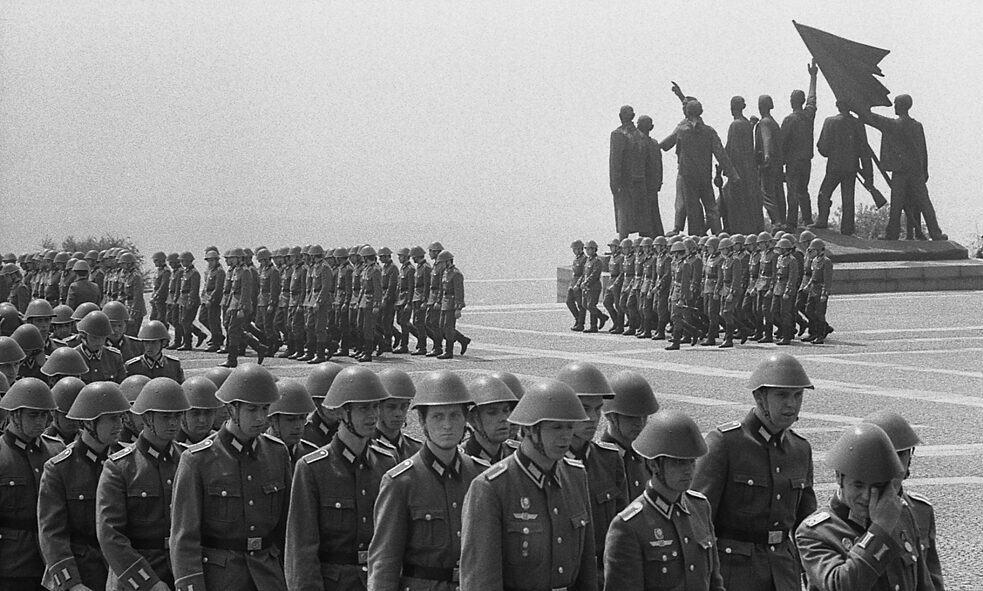
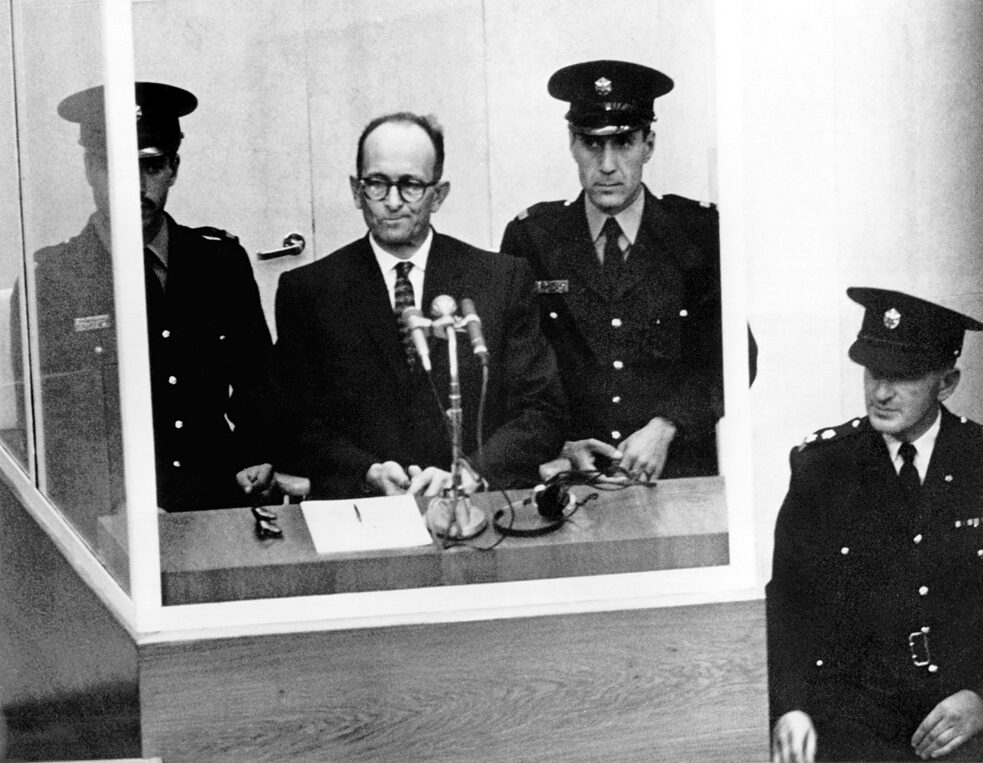
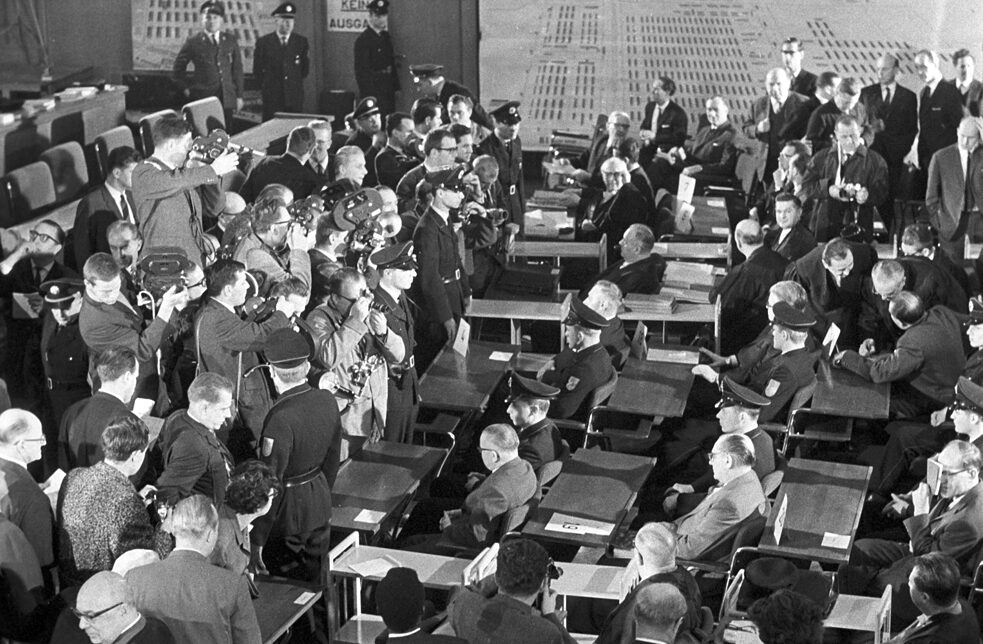
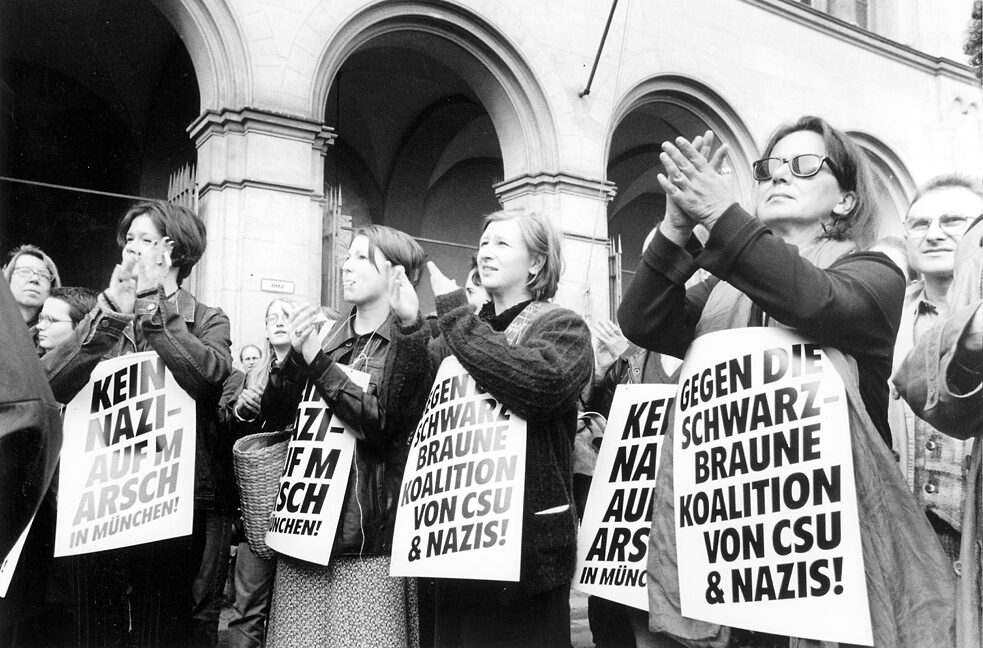
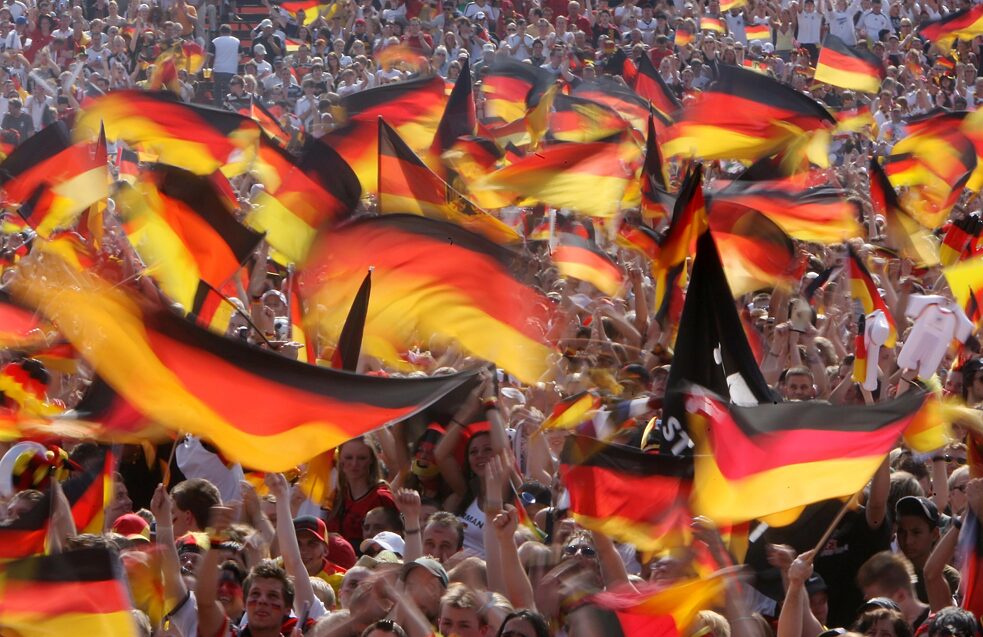

Comments
Comment